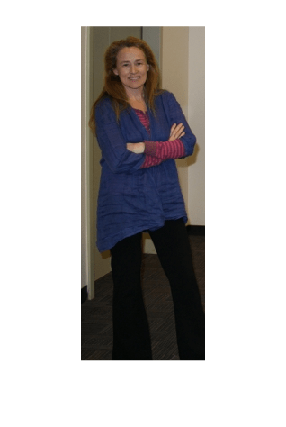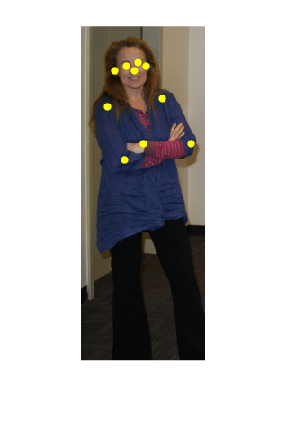visibleKeypoints
Extract visible keypoints from keypoints detected by HRNet object keypoint detector
Since R2023b
Syntax
Description
visiblePoints = visibleKeypoints(detector,keypoints,scores,valid)keypoints detected by the HRNet object keypoint detector
detector. The function obtains the locations of visible object
keypoints by using the keypoint validity values valid, which are based on
the keypoint detection confidence scores scores.
[
returns the detection confidence scores for the visible keypoints
visiblePoints,visibleScores,visibleLabels] = visibleKeypoints(detector,keypoints,scores,valid)visibleScores, and the labels assigned to the visible keypoints
visibleLabels.
Examples
Input Arguments
Output Arguments
Version History
Introduced in R2023b

